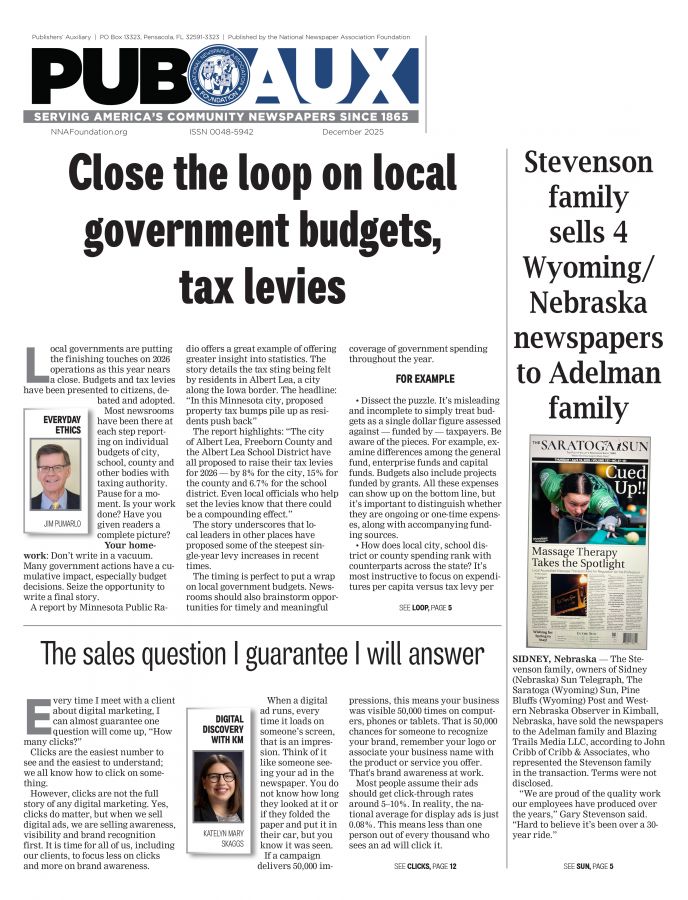Touch readers with sensory words
Jerry Bellune
Oct 1, 2023


You might remember onomatopoeic words from 10th grade American literature.
These words express sounds such as squeal or whoosh.
There’s a more subtle category of words, says writing coach Henneke Duistermaat.
• Visual words for sight allow you to paint vibrant or gloomy pictures.
What are you seeing? What’s the size?
What’s the light like? What are the colors?
Examples of visual words: gigantic, teeny, bulky, glittery, sparkling, shimmering, shiny, glowing, hazy, shadowy, gloomy, drab, murky and dull.
• Tactile or touching words let your readers sense a silky-smoothness in your words.
How does something feel when you touch it?
What’s the texture? The temperature?
Examples of tactile words: fluffy, gritty, rough, smooth, slimy, sticky, creepy, crisp, hairy and woolly.
• Auditory words describe silence, sound or music.
How does a voice, an orchestra or a rock band sound? Is it loud or soft?
Examples of auditory words: buzzing, crunchy, hubbub, humming, faint, deafening, squeaky, earsplitting, serene, sizzling, hissing, shrieking, roaring and thundering.
• Words related to smell and taste allow readers to almost taste the food you’re writing about.
Sensory words for taste and smell help you turn bland words into lip-smackingly tasty writing.
What kind of aroma is there?
Is it natural or artificial?
Strong or subtle?
Pleasant or repulsive?
Examples of words related to taste and smell: bland, rotten, fragrant, juicy, stinky, gooey, bitter, yummy, pungent, zesty, sweet, spicy, sour, savory, salty and bitter.
• Sensory motion words allow readers to sense motion, for example: skipping, galloping or dancing.
When you use strong verbs to describe motion, readers experience the motion as if they’re there, too.
Is the car swerving? Is the flight turbulent? Is the sea choppy?
Examples of motion words: soaring, resonating, staggering, eye-popping, shocking, jaw-dropping, turbulent, choppy, swirling and wriggling.
Exercise: Try writing three sentences as if telling a story using words from these sensory groups.
Keep a copy of these words handy.
Next: How to interview anybody
Jerry Bellune is a writing coach and author of “The Art of Compelling Writing, Volume 1.” Coaching your writers (and editors) takes time you might not have. An option is to order copies for them of my book, The Art of Compelling Writing, now available for $9.99 at Amazon.com










